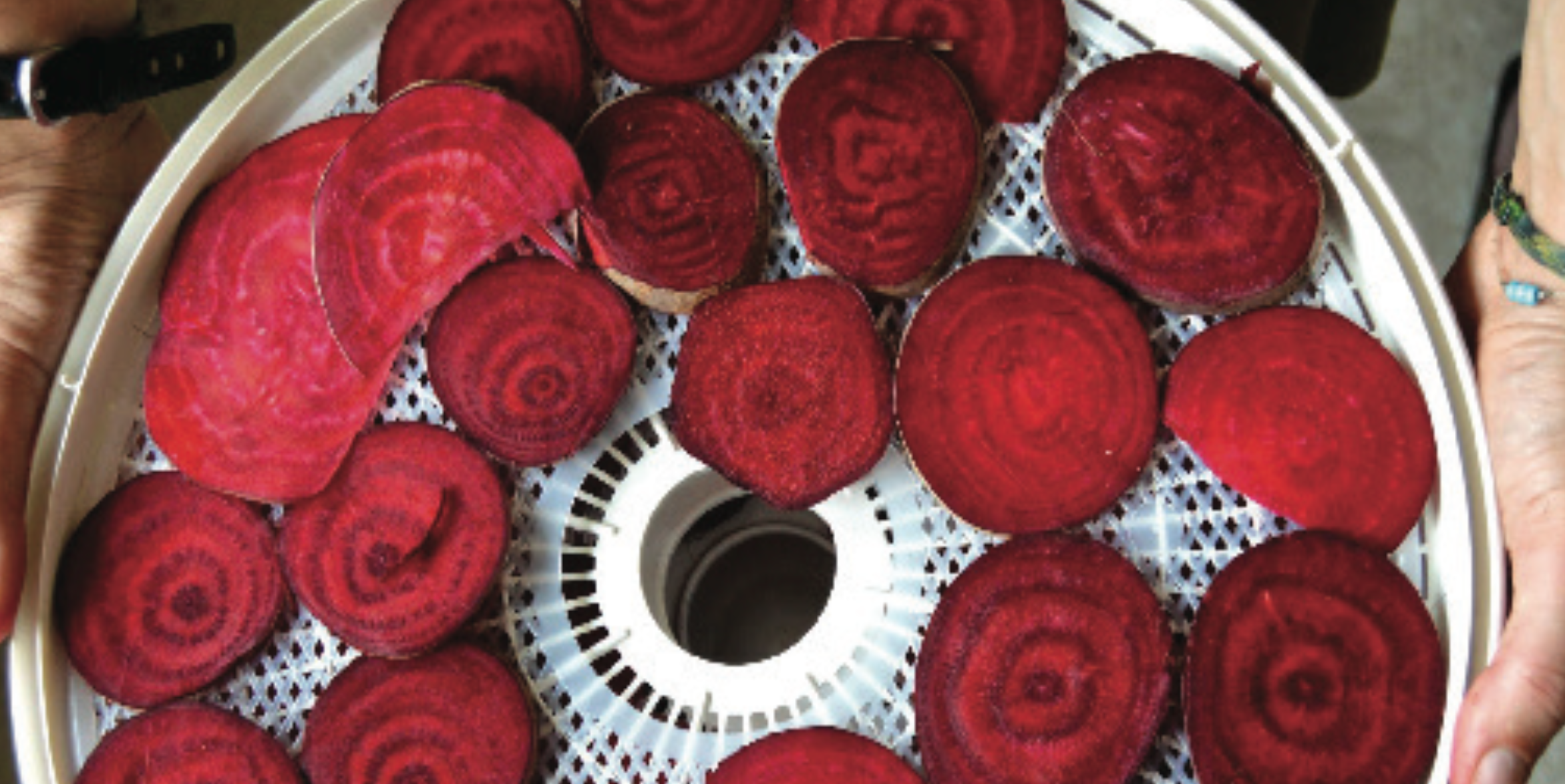It seems that winter has finally arrived in the North Country after quite the delayed onset last semester. With winter comes so many of our favorite things: ice skating, skiing, hot chocolate, hot toddies; the list goes on and on. However, the winter also takes away a few things. But I am not talking about rope swing outings and barbeques. Rather, the winter takes away the food we most often eat. Or at least, in theory it does.
As you peruse Dana this week, take a peek at what the fare is.
Most likely, it will not look all that different than it normally does. When you load up your plate with salad greens and put lettuce and onion on your burger, you are actually doing quite an odd thing. As you have likely noticed, the ground outside is currently covered in snow, not in fruiting plants and luscious leafs. So how did there come to be a summer’s bounty spilling off your plate in the dead of a North Country winter? You largely have long-distance refrigerated shipping to thank for that. Much of this food comes from thousands of miles away, likely California. So how did people eat in the winter, prior to the advent of airplanes and automobiles equipped with giant cooling units? If you do not ship food from warmer climates, how do you eat vegetables in the winter?
The answer is food preservation! There are innumerable ways to preserve food and make it through a blustery and cold winter. One of the simplest is the use of a root cellar. Root vegetables like carrots, potatoes, onions, and parsnips can all be stored throughout the entire winter by keeping them in a cool (not freezing), dark, and dry place. At the Greenhouse, almost all of the vegetables we eat during the winter are of the root variety. We call it “root veggie season,” asitisthebulkofwhatweeatfor dinner until the first of the spring’s harvest comes in (if you were wondering, yes, it gets a wee bit old after awhile). But root cellars are certainly not the only way to keep veggies from going bad. Canning and pickling are two other great ways to keep your diet varied and healthy when nothing is growing. Every time you see a canned good in the supermarket, realize that you, too, can can that same food! In the fall, the Greenhouse tries to preserve and can any food from our farm share that we have an abundance of, so we can spice things up during the winter. Right now, we have a nice load of canned tomatoes, salsa, tomato sauce, apple sauce, and dilly beans. Over at the Sustainability Semester site, students run the garden all summer and fall and have spent much of the harvest season working hard to preserve food so that the current students on the semester have local and organic food to eat all winter. Another favorite way of preserving food is dehydrating. A dehydrator removes the water content from fresh foods, extending their shelf life tremendously. And better yet, just about anything can be put in a dehydrator. While not a vegetable, you can easily make mouth- watering beef jerky by placing slices of beef in the dehydrator.
Unfortunately (or perhaps not), most people do not have the opportunity to can, pickle, and store all of the food that they will need to consume over the winter. Food preservation takes time, something that seems to be in short supply, especially at college. Next time you are perusing the conspicuously, minimally-changing produce section at P-Chops or indulging in a strawberry-spinach salad at Dana this season, give a big thanks to the wonders of science that have allowed you to eat the foods of the summer during the depths of winter. And do not forget that many resources, such as fossil fuels, were expended to bring that scrumptious food to your plate. We live in a strange world where our food supply knows no seasons, for better or for worse. Enjoy those fresh tomatoes this winter, and try preserving your own next fall!



